 |
| A corner of Tho Chau commune, Phu Quoc city, Kien Giang province. (Photo by PHUONG VU) |
Tho Chau Commune belongs to Phu Quoc City, Kien Giang Province, with an area of about 14 square kilometers, including eight large and small islands. Tho Chau is more than 100 kilometers south of Phu Quoc Island and about 220 kilometers from Rach Gia City - the center of Kien Giang Province. This is where Hon Nhan was chosen as the A1 reference point of the baseline to determine Vietnam's territorial waters.
The last island liberated
According to historical documents, at the end of April 1975, in the face of our army's attack, the Republic of Vietnam Navy stationed on Tho Chau archipelago fled, leaving the people stranded on the island. At that time, there were an estimated 500 people, mostly Kinh people from Rach Gia and four Khmer families.
The Ho Chi Minh Campaign ended, our troops had not yet taken over Tho Chau archipelago when on May 10, 1975, the Khmer Rouge government sent a battalion to land on the island and captured more than 500 people and took them to Poulo Wai Island (in Cambodia) to be murdered. They set up an administrative apparatus, built trenches, and defensive fortifications. Faced with this pain and loss, the Central Military Commission and the Ministry of National Defense ordered the Navy and Military Region 9 to attack and liberate Tho Chau archipelago. On the night of May 23, 1975, naval ships carried nearly 200 soldiers from Phu Quoc to Tho Chau; at dawn on May 24, 1975, our troops raided Bai Dong and attacked other areas. A day later, we liberated Tho Chu island, killing and capturing more than 500 Khmer Rouge soldiers. By noon of the same day, Tho Chau archipelago was completely liberated.
After the horrific massacre on May 10, 1975, very few people survived on the island. We learned that after 48 years, most of the survivors of that dark day are no longer alive, and a few have moved to other places to live. Most of the people who have lived on the island for a long time today are party members, people from the mainland who came after 1992 following the policy of the Kien Giang Provincial People's Committee on sending people to settle on the island on April 27, 1992.
Mr. Huynh Binh Khoi (commonly known as Tu Binh) was one of the first seven households to bring his wife and children with faith and hope to start a business on the remote island. Arriving on Tho Chau archipelago at the end of April 1992, in a strange place, his family lived in a military barracks. "At that time, people helped each other when things went wrong. A few days after arriving, a woman gave birth, then some women took care of the birth, and the soldiers provided medicine and cotton. We discussed naming the baby girl Danh Ngoc Chau, the same name as Tho Chau commune, to mark the process of settling here," said Mr. Tu Binh.
Mr. Huynh Huu Hiep, his wife, two children and 35 other families came to Tho Chau to start a business in February 1993. At that time, there were only a few dozen households here, very primitive, conditions were extremely difficult and deprived. Every day, people only had to clear grass and plant trees, the soldiers gave them rice, and there were countless squids. "In the first days on the island, people were very sad and scared.
From 9pm onwards, the generator stops generating electricity, accompanied by strong winds and storms, making women and children unable to sleep. Normally, there is a boat from Phu Quoc to Tho Chau every month, but when the sea is rough, there is only one trip every three months. Many times my wife advised me to leave the island and return to the mainland to live, but I was determined that once I came here, I would be buried here even after death," said Mr. Hiep. 30 years have passed, and Mr. Hiep now always considers Tho Chau his family's second homeland. In the early days of Tho Chau commune's establishment, he was the Standing Deputy Secretary of the Commune Party Committee, his wife was the Vice President of the Commune Women's Union. Currently, he is the Party Cell Secretary, head of Bai Ngu hamlet, the eldest son is an official of Tho Chau island commune, and the youngest son is a police major.
Steadfast in the frontier
After many events, on April 24, 1993, Tho Chau commune was re-established, belonging to Phu Quoc district (present-day Phu Quoc city). The commune has a hamlet named Bai Ngu, eight self-governing groups.
Of the eight islands, only the large Tho Chu island is suitable for people to live and settle permanently. Tho Chu island has many favorable conditions for socio-economic development, building a national defense and security posture, and is the administrative center of Tho Chau commune.
Mr. Hiep revealed that when coming to Tho Chau, we must go to Hon Nhan to see the national sovereignty landmark. We asked the officers of Tho Chau Border Guard Station to take us to visit Hon Nhan, which has an area of about 2,000m2 and is 40m above sea level. Although it is a small island, this place has an important meaning as it is known as point A1 on the baseline for calculating Vietnam's territorial waters.
In 2017, the national sovereignty marker with coordinates A1 on Hon Nhan was inaugurated and handed over to the Kien Giang Border Guard for management and protection. Border guards explained: Previously, there were no trees here, only grass and white rocks stacked on top of each other, forming many shallow caves for swallows to live in, so people named it Hon Nhan.
Every year in the sixth lunar month, swallows come here, the female lays one or two eggs on bare rocks or in rock crevices. After the breeding season, they move elsewhere and return the following season. On Hon Nhan today, some green patches have appeared, thanks to the efforts of soldiers from Tho Chau Border Post. They diligently brought plants suitable for the sun, wind, and dry environment to the island to plant. On each patrol, the soldiers bring cans of fresh water to water each tree, now there are trees almost as tall as a person's head.
From the center of Tho Chau commune in Bai Ngu, we went to Bai Dong - where there are many fish rafts raised at sea. Arriving at the cobia raft of Mr. Trinh Minh Khanh (55 years old), we learned that cobia currently costs more than 200,000 VND/kg; his two rafts with eight cages yield about 1.4 billion VND, after deducting costs, the profit is about 500-600 million VND/crop. According to Mr. Khanh, because the source of trash fish here is cheap and abundant as food for cobia, farmers make high profits.
Party Secretary and Chairman of the People's Committee of Tho Chau Commune, Do Van Dung, said that the commune currently has 549 households with about 1,900 people. Fishing is the spearhead economy of the island commune, with 46 households raising 52 fish rafts; 66 ships with a capacity of 8-24CV; in 2022, the output of exploitation and farming of various types of seafood will reach 150 tons. The purchasing and processing of fish and squid is on a scale of 850 tons/year, creating jobs for hundreds of workers. "In recent years, thanks to the investment in electricity, roads, schools, and stations by superiors, it has created favorable conditions for people to travel, trade, and develop the economy.
Tho Chau now has 24/7 electricity; 100% of households have audio-visual equipment; the number of poor households has decreased to 1.46% (eight poor households). From 14 students at the beginning, the island commune now has more than 300 students at three levels: preschool, primary and secondary school. The young generation born in the early years of the commune's establishment, after completing their basic education, many returned to serve here," Mr. Dung happily informed.
In the days when people first settled down, Regiment 152, Military Region 9 (formerly Tho Chu Regiment, Naval Region 5) shared with the people everything from rice, bundles of vegetables to cans of oil. At that time, the island commune did not have a clinic or school, so the soldiers taught the children, received and treated the people day and night. Today, Regiment 152 and the people steadfastly stick to the island, actively produce, and protect the sovereignty of the sea and islands of the Fatherland.
Lieutenant Colonel Vu Quang Vinh, Head of Logistics, Regiment 152, said that in addition to training and combat readiness, officers and soldiers here also increase production. The unit's production area has a total area of 10,000m2, not only providing enough food for officers and soldiers but also ensuring food for the entire Tho Chau commune, even when the sea is rough and boats cannot transport goods from the mainland.
Known as the "rough gem" of Kien Giang, Tho Chau has great potential for economic development, especially tourism, because it retains its original wildness. From afar, Tho Chau is immersed in the green of the primeval forest. The forest covers 80% of the archipelago's area, with over 200 species of flora. The long stretch of fine white sand at Bai Ngu embraces the charming blue sea. The remote island also has a cultural and spiritual work, the Tho Chau temple, built in 2011, to worship President Ho Chi Minh and the soldiers who sacrificed their lives to protect and build the island, and is also a memorial to more than 500 innocent people killed by the Khmer Rouge.
Saying goodbye to the cadres, soldiers and people of Tho Chau commune after a night of meaningful exchange between the mainland and the island, we were impressed by Mr. Huynh Huu Hiep's determination to build and protect the island, "having come to the island, when I die, I will be buried here". That is also the aspiration of Tho Chau commune leader Do Van Dung for a day not far away, when the island and the mainland will be closer together: Thanks to the superiors' attention to adjusting and shortening the boat travel time from Phu Quoc to Tho Chau from 5 days/trip to 3 days/trip to suit the number of visitors to and from the island, as well as serving the army, people and promoting local tourism development...
nhandan.vn


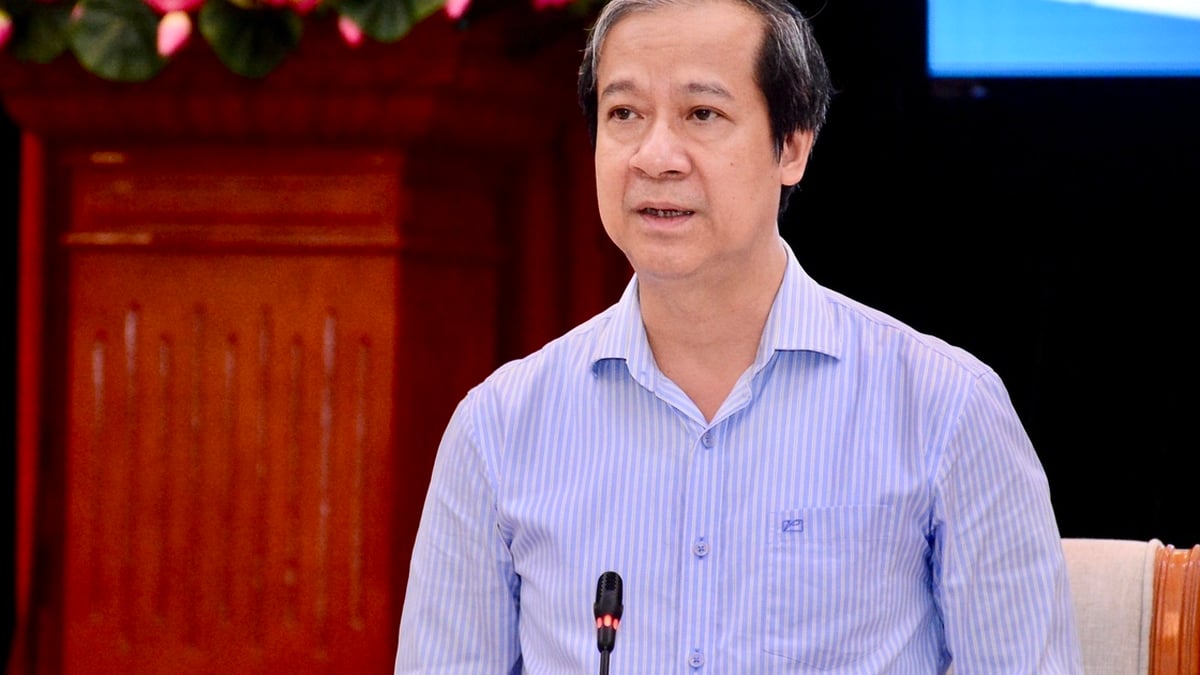
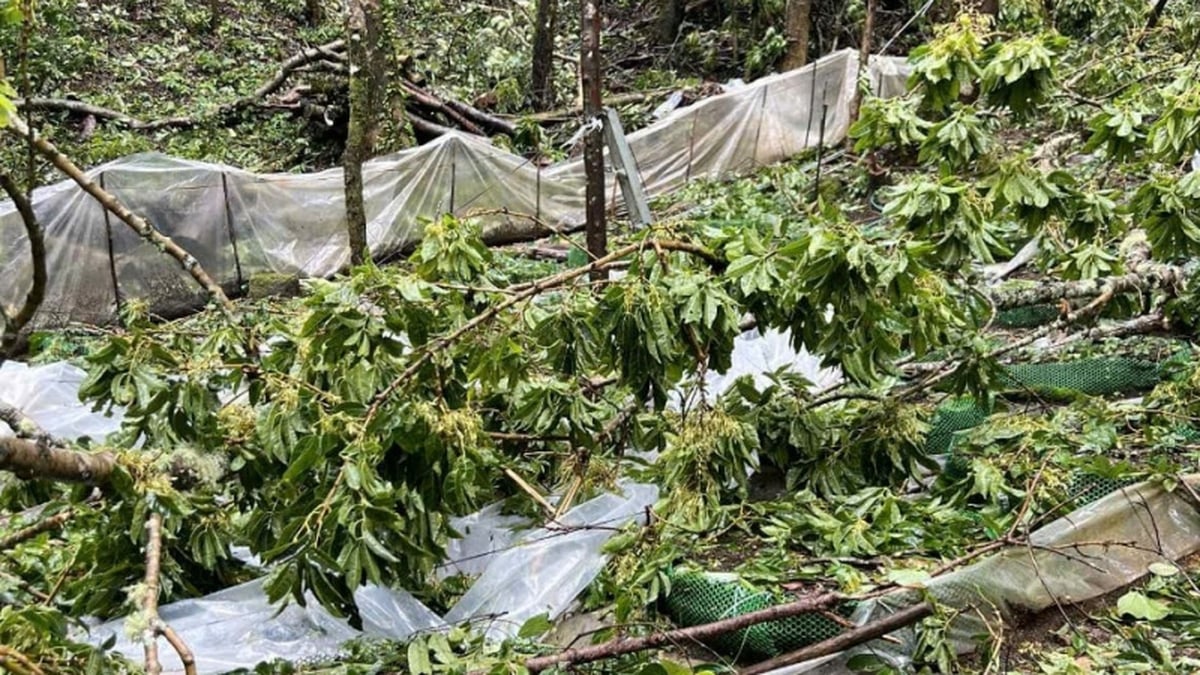
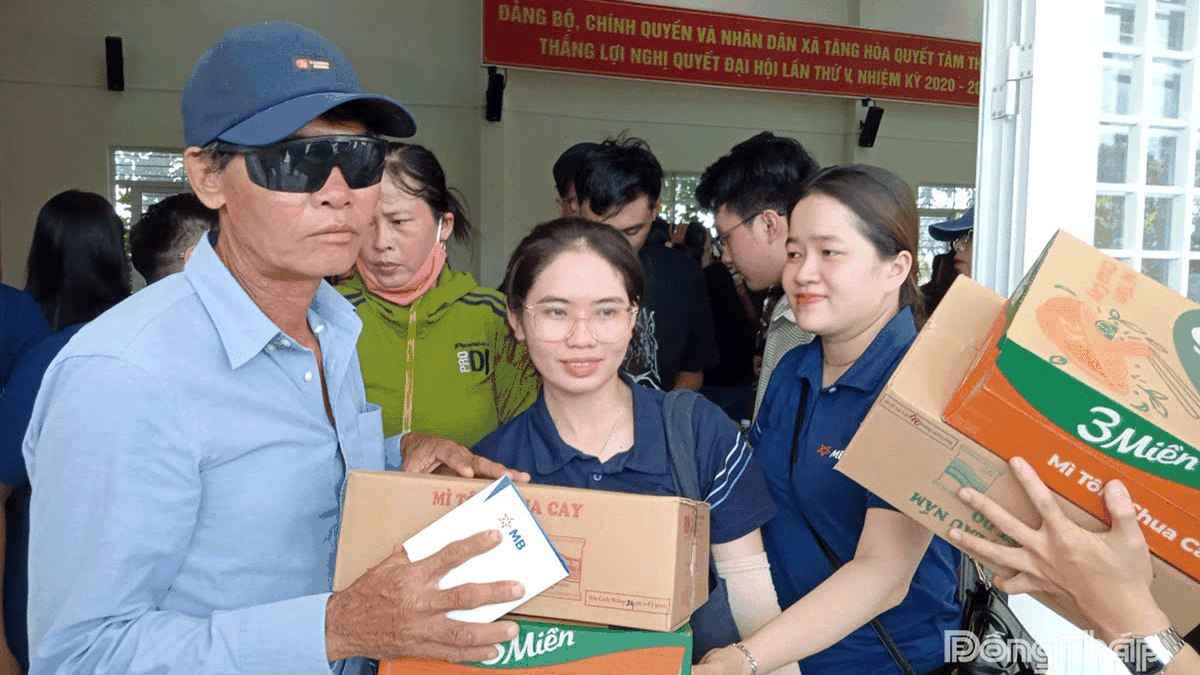
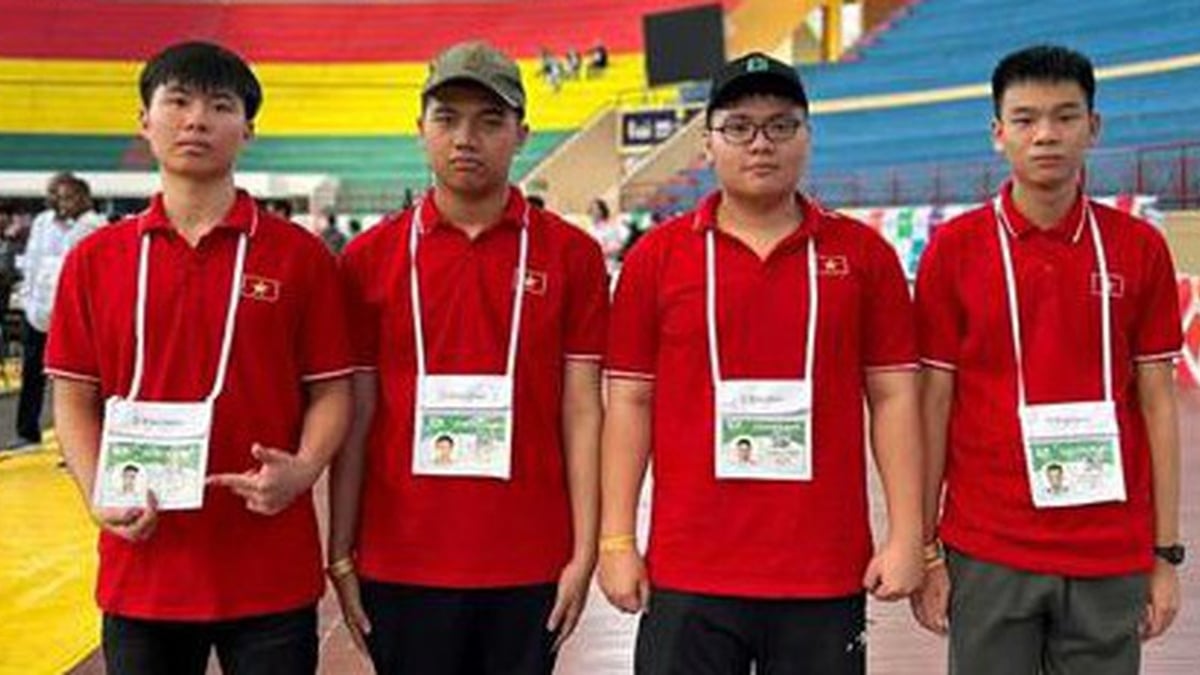

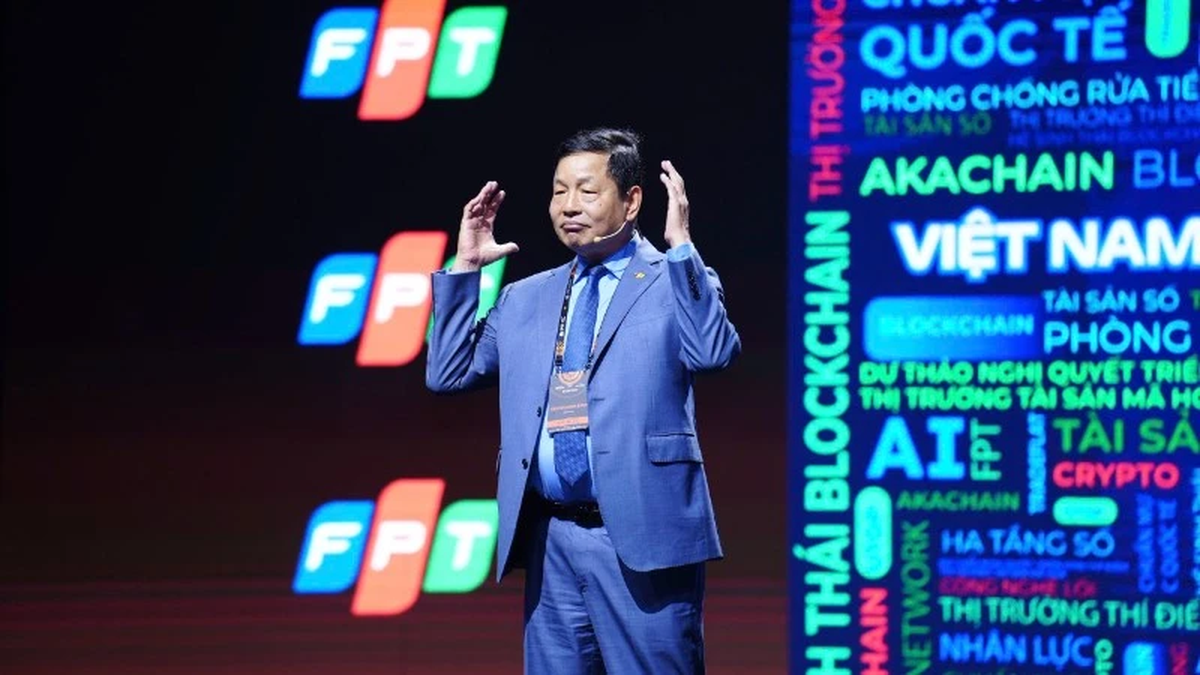
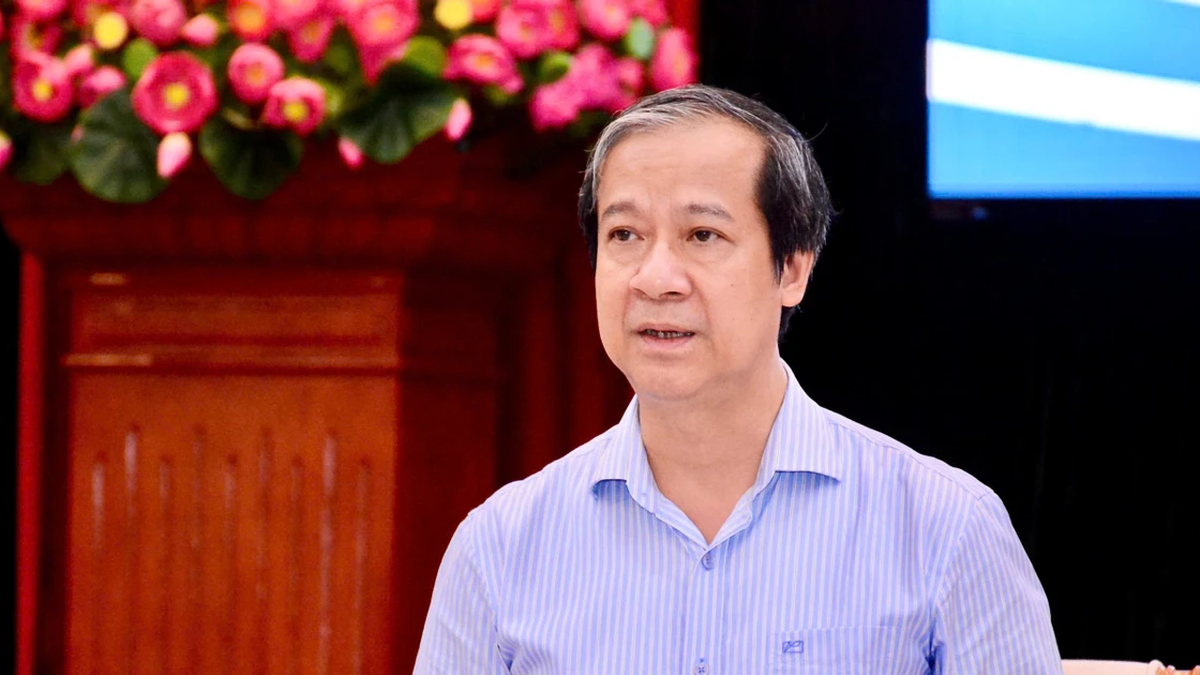

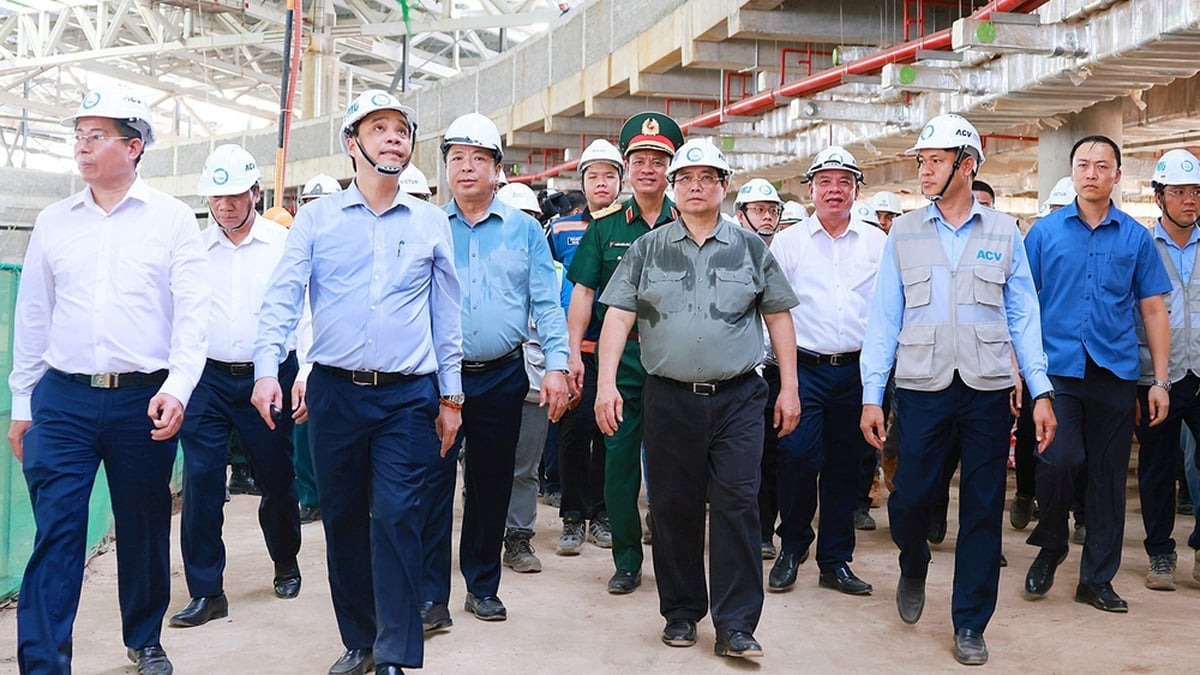
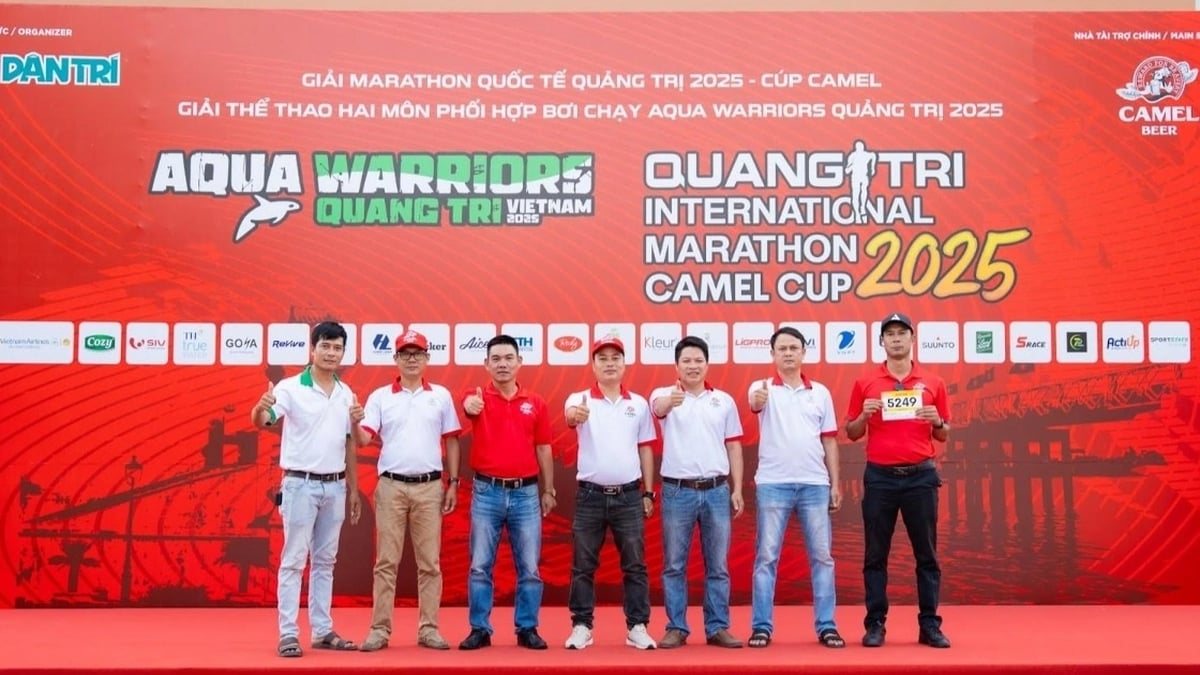






















































































Comment (0)